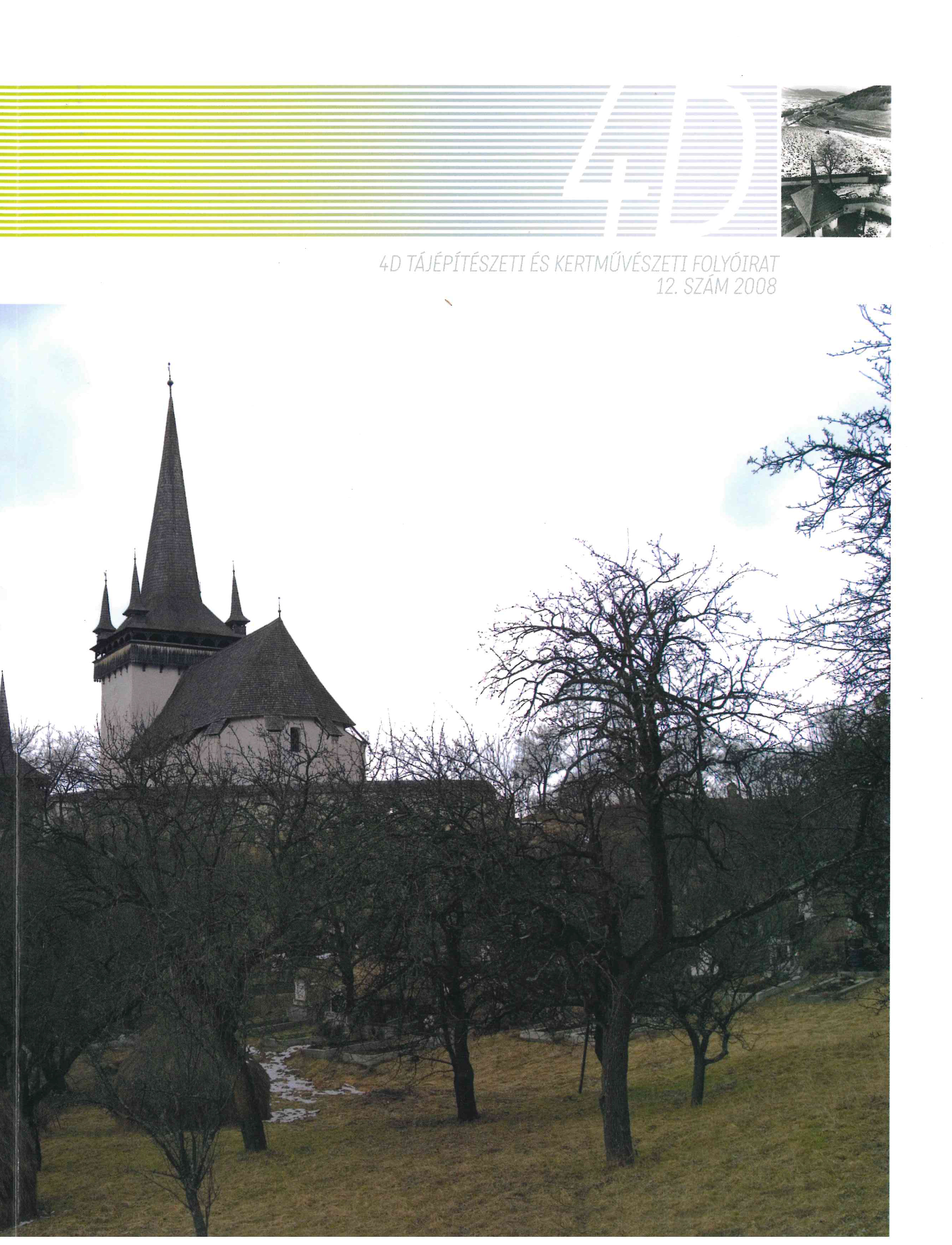The Lacus Pelso - the Lake Balaton and the hydrography of the Balaton highland in the roman age
Keywords:
hydrography, Balaton highland, roman ageAbstract
Water has been the most important settling factor for people of all ages, but for the Romans it not only played an important role in everyday life - in the form of drinking water and irrigation, among other things - but was also strongly linked to the communal bathing programme. Water also played a very important strategic role: it was the key factor in the development of some of the Empire's frontiers, such as
Pannonia, rivers formed part of the empire's empire. In addition, water and water-related activities were endowed with a sacral content (e.g. Apollo, Aesculapius and Hygieia were also worshipped as gods of baths and medicinal waters). Everyday life, the need for clean drinking water and baths gave rise to the practice of building water pipes and public works. The bathing culture, with Greek and Etruscan3 origins, appeared not only in cities but also in simpler forms in the countryside, in the villages. When villas were built, the richness of the landscape in springs, often with warm water, was a factor4 , so that the Balaton uplands were also very favourable. The aim of this article is to determine the Roman northern shoreline of Lake Balaton and its water level, which has long been of interest to researchers, by means of the elevation of (presumed) Roman villages and rural settlements. In the study of the lake's formation and shoreline changes, the spatial position of sites from different periods is of paramount importance, with the urban-poor northern shore being dominated by the villa farms.
References
Anderkó Krisztián: Savaria vízvezetéke, In: Savaria - A Vas Megyei Múzeumok Értesítője XXX. (Szombathely, 2007) pp. 9-46.
B. Thomas Edit: Römische Villen in Pannonien (Budapest, 1964); pp. 13-127.
Bakay Kornél - Kalicz Nándor - Sági Károly: Magyarország Régészeti Topográfiája 1, Veszprém megye régészeti topográfiája - Keszthelyi és Tapolcai járás (Budapest, 1966) pp. 81-87.
Bendefy László - V. Nagy Imre: A Balaton évszázados partvonalváltozásai (Budapest, 1969) p. 13.; p. 20.; pp. 53-59.
Éri István - Kelemen Márta - Németh Péter - Torma István: Magyarország Régészeti Topográfiája 2, Veszprém megye régészeti topográfiája - Veszprémi járás (Budapest, 1969) p. 154.
Fejér László (szerk.): Vizeink krónikája - A magyar vízgazdálkodás története (Budapest, 2001) p. 4.
Firnigl Anett: A római kori úthálózat nyomai a Balaton- felvidéki történeti tájban, In: 4D Tájépítészeti és Kertművészeti folyóirat 7. szám (Budapest, 2007), pp. 43-51.
Fitz Jenő: A római kor történeti vázlata; In: Visy Zsolt (főszerk.J: Magyar régészet az ezredfordulón (Budapest, 2003), pp. 205-208.
FÖMI 43-411, M=1:1oooo
Gabler Dénes: A Balatontól északra lévő terület római kori településtörténetének néhány kérdése; In: Veszprém Megyei Múzeumok Közleményei 19-20. évf., 1993-1994, pp. 149-155.
Grynaeus András: Új forrás- csoport? A dendrokronológia eredményei, In: R. Várkonyi Ágnes (szerk.): Táj és történelem - Tanulmányok a történeti ökológia világából (Budapest, 2000) p. 305-325.
Hajnóczy Gyula: Pannónia fürdőépítészete, In: Építés- és Építészettudomány VI. (Budapest, 1974) pp. 63-100.
Hajnóczy Gyula: Pannónia római romjai (Budapest, 1987) pp. 14-16.; pp. 16-18.; pp. 73-75.; pp. 72-83.
Hajnóczy Gyula-Mezős Tamás (szerk.): Itinerarium Hungaricum I. - Pannónia Hungarica Antiqua (Budapest, 1995), p. 88.
Heimberg, Ursula: Römische Landvermessung (Stuttgart, 1977) PP-15-18.
Illés István (szerk.): Tavunk, a Balaton (Budapest, 1981) p. 7.; pp. 15-30.
Koppány Tibor: A Balaton környékének műemlékei (Budapest, 1993), pp. 9-12.
Kuzsinszky Bálint: A Balatonvidék régészeti áttekintése, In: Lovassy Sándor (szerk.): A Balatoni Múzeum- Egyesület Első Évkönyve (Keszthely, 1903) p. 19.; pp. 15-24.; p. 23.
Lővei Pál: Építészet a Kárpát-medencében a honfoglalás előtt; In: Sisa József, Dóra Wiebenson (szerk.): Magyarország építészetének története (Budapest, 1998), pp. 13-19.
Magyar Nemzeti Múzeum Régészeti Adattár 31.Ö.I, VIII.1960/364, VII.92/1962 és V.146/1963
Mócsy András, Fitz Jenő (szerk.): Pannónia régészeti kézikönyve (Budapest, 1990) pp. 219-233.
MNMRA XVI.174/1966
MRT2, pp. 161-162.
Palágyi Sylvia: Római kori villák a Balatontól Északra; In: Visy Zsolt (főszerk.): Magyar régészet az ezredfordulón (Budapest, 2003), pp. 238-241.
Póczy Klára: Pannóniái városok (Budapest, 1976) a Balaton-felvidékről Id. pp. 11. és 30-36.
Póczy Klára: Közművek a római kori Magyarországon (Budapest, 1980) pp. 12-13.; pp. 14-16.; pp. 9-22.; pp. 26-27.; p. 39.
Sakl-Oberthaler, Sylvia - Ranseder, Christine: Wasser in Wien - Von den Römem bis zur Neuzeit (Wien, 2007) pp. 13-34.
Sági Károly: A Balaton vízállástendenciái 1863-ig, a történeti és kartográfiai adatok tükrében; In: Veszprém Megyei Múzeumok Közleményei 7, (Veszprém, 1968) p. 44.; pp. 441- 468.; pp. 441-444.
Serlegi Gábor: A Balatonkeresztúri „vízmérce” - Kömyezetrégészeti információk a Balaton déli partjának római kori történetéhez, In: Bíró Szilvia (szerk.): Fiatal Római Koros Kutatók I. Konferenciakötete (Győr, 2007), pp. 297~317.; pp. 298-306.
Spivey, Nigel - Squire, Michael: Az antik világ panorámája (Budapest, 2005) pp. 44-47,158-161.
Szentléleky Tihamér: Az örvényesi bronzmécses, In: Veszprém Megyei Múzeumi Közlemények 4 (Veszprém, 1965), p. 103-109.
Tullner T., Csemy T.: New aspects oflakelevel changes: Laké Balaton, Hungary; In: Acta Geologica Hungarica 46/2 (Budapest, 2003), pp. 215-238.
Virág Árpád: A Balaton múltja és jelene (Eger, 1998)
Virág Árpád: A Sió és a Balaton közös története -1055-2005 (Budapest, 2005); pp. 22-25.; p. 40.; p. 43.; p. 52.
Vitruvius: Tíz könyv az építészetről, VIII. könyv, Első fejezet, 1., ford. Gulyás Dénes (Budapest, 1988) p. 199.
Weeber, Karl-Wilhelm: Alltag im Alten Rom - Das Landleben (Düsseldorf, 2000), p. 271.
Zsidi Paula: Aquincum polgárvárosa - Az Antoninusok és Severusok korában (Budapest, 2002) pp. 21-24., 70-74.
Downloads
Published
Issue
Section
License
Copyright (c) 2024 Firnigl Anett

This work is licensed under a Creative Commons Attribution-NonCommercial-NoDerivatives 4.0 International License.
A folyóirat Open Access (Gold). Cikkeire a Creative Commons 4.0 standard licenc alábbi típusa vonatkozik: CC-BY-NC-ND-4.0. Ennek értelmében a mű szabadon másolható, terjeszthető, bemutatható és előadható, azonban nem használható fel kereskedelmi célokra (NC), továbbá nem módosítható és nem készíthető belőle átdolgozás, származékos mű (ND). A licenc alapján a szerző vagy a jogosult által meghatározott módon fel kell tüntetni a szerző nevét és a szerzői mű címét (BY).



